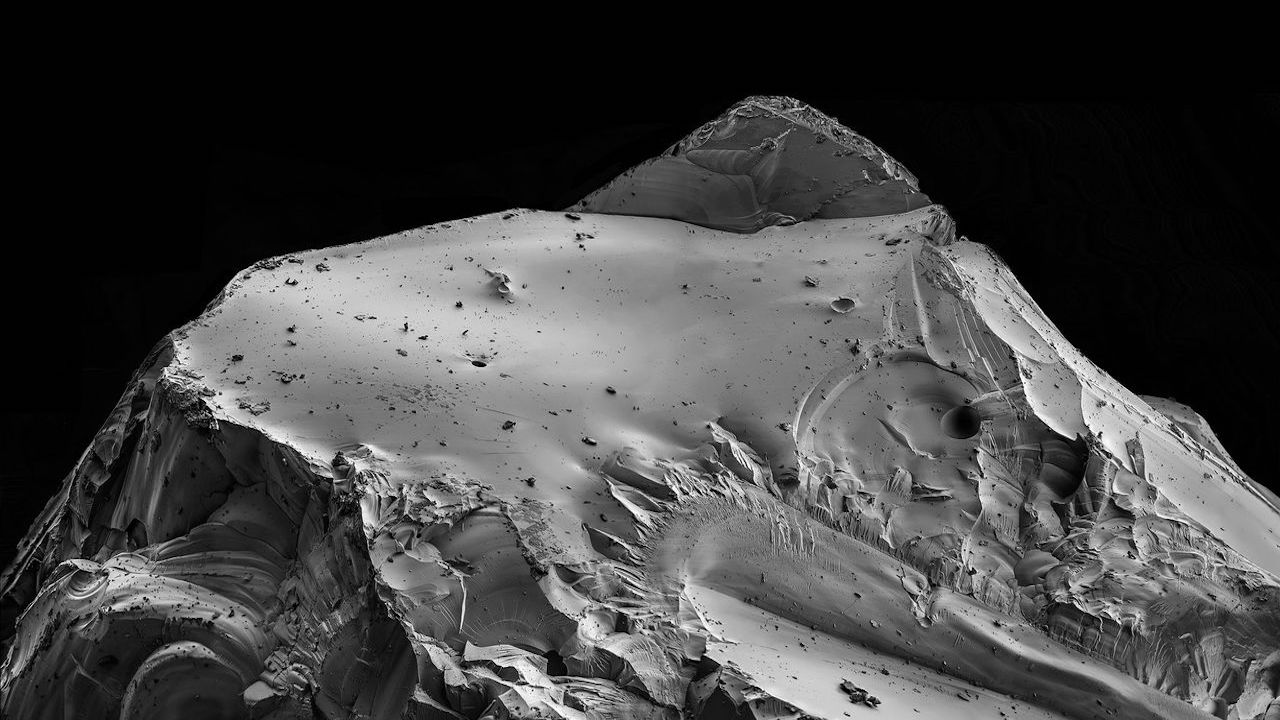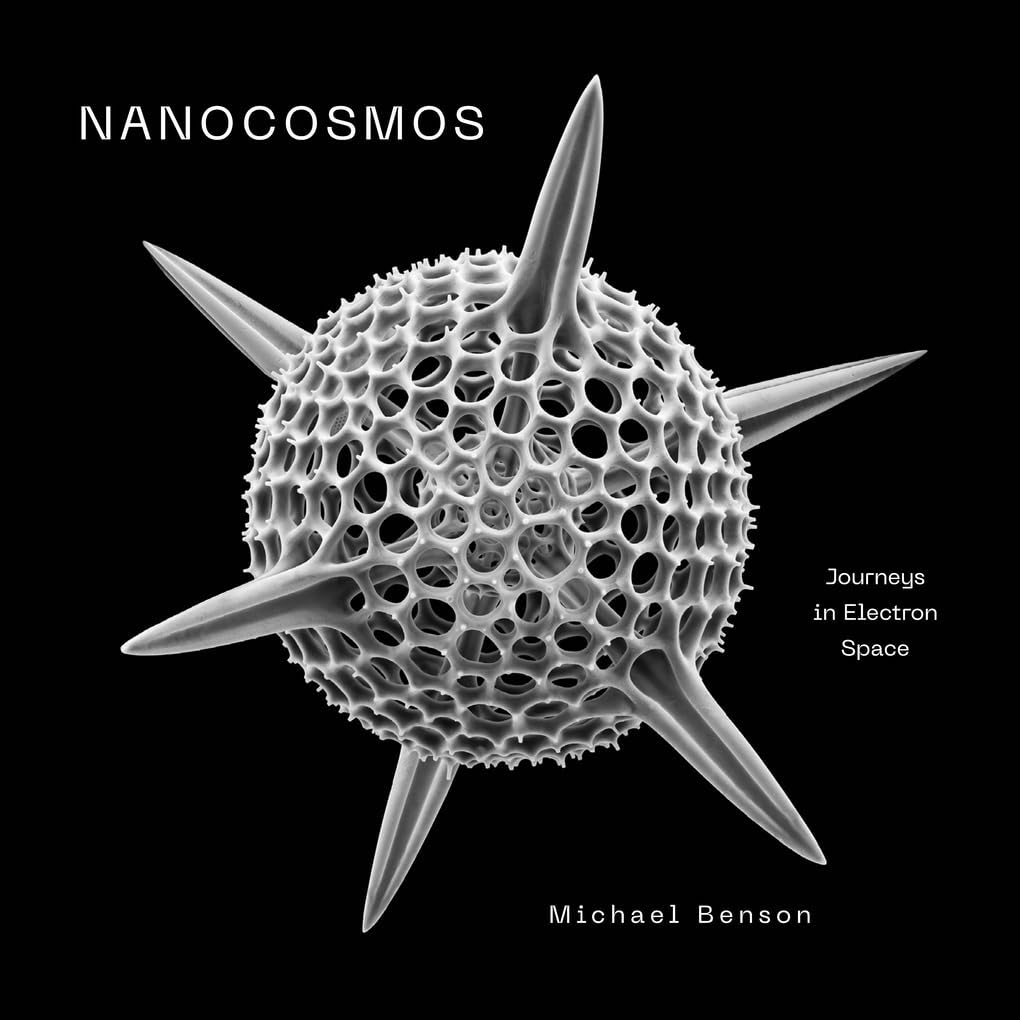Moon rocks, magnified: Apollo 16 samples shine in new book 'Nanocosmos' (exclusive)

Prepare for a remarkable journey into magnificent magnification with "Nanocosmos: Journeys in Electron Space" (Abrams Books, 2025), a mesmerizing new science coffee table book from author, artist, documentarian and visual effects filmmaker Michael Benson. Here, size truly matters!
Inside this hypnotic 320-page hardcover, Benson takes readers into a strange miniaturized world exposed by the technological magic of scanning electron microscopes (SEM).
And here we have a pair of exclusive lunar impact glass images to share with you, taken from moon samples returned by the astronauts of NASA's Apollo 16 mission. Marvel at these diminutive gems brought home from outer space and wrap your mind around the micro-mini scale.

Per the book's official description, "The tiny worlds here, invisible to our unassisted eyes, are if anything more intricate, complex and extraordinary than anything so far seen in deep space. These include radiolarians, dinoflagellates and diatoms, as well as many varieties of insects, microscopic flowers and even lunar samples from the Apollo program. The composite mosaic micrographs in 'Nanocosmos' fuse art and science in revelatory ways, exposing an astonishing sublimity hidden to the naked eye."

Lunar impact glass is formed under the high heat and pressure caused by meteoroids hitting the moon’s regolith-covered surface. These impactors melt the disturbed lunar soil, creating molten material that instantly cools in flight to be manifested as glass shards, spherules and beads.
Benson produced "Nanocosmos" using hundreds of curated SEM scans that he captured over the course of six years at the Canadian Museum of Nature in Quebec. These sublime images display an uncanny beauty, symmetry, and design that defies all traditional descriptions.

In addition to art exhibits, films, and scientific endeavors into the mysteries of the universe, Benson was also responsible for supervising those swirling cosmology scenes in director Terrance Malick's "The Tree of Life" (2011) and "Voyage of Time" (2016). Additionally, he penned 2018's Hollywood history book titled "Space Odyssey" (2018), which chronicles the making of Stanley Kubrick's enigmatic sci-fi masterpiece from 1968, "2001: A Space Odyssey."
Breaking space news, the latest updates on rocket launches, skywatching events and more!

Jeff Spry is an award-winning screenwriter and veteran freelance journalist covering TV, movies, video games, books, and comics. His work has appeared at SYFY Wire, Inverse, Collider, Bleeding Cool and elsewhere. Jeff lives in beautiful Bend, Oregon amid the ponderosa pines, classic muscle cars, a crypt of collector horror comics, and two loyal English Setters.
You must confirm your public display name before commenting
Please logout and then login again, you will then be prompted to enter your display name.
